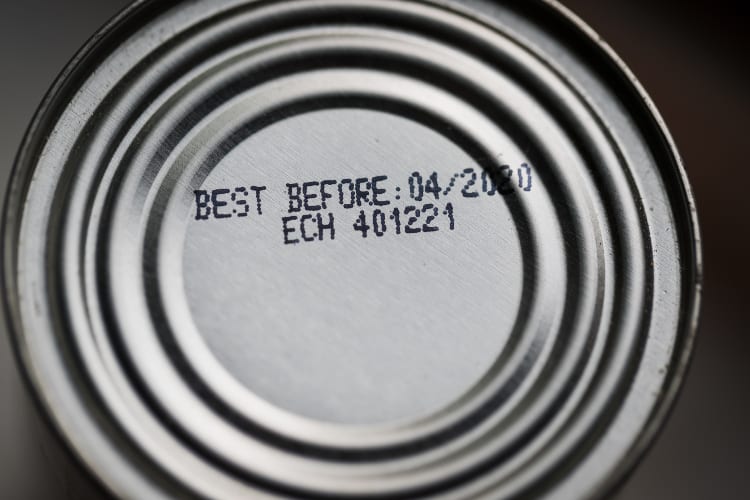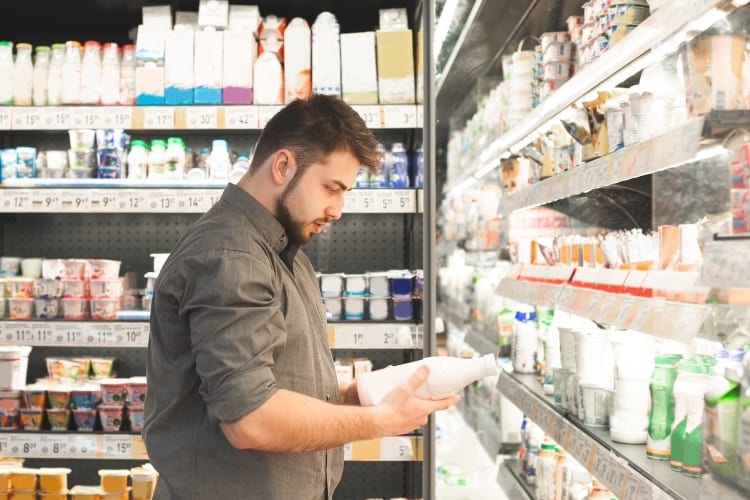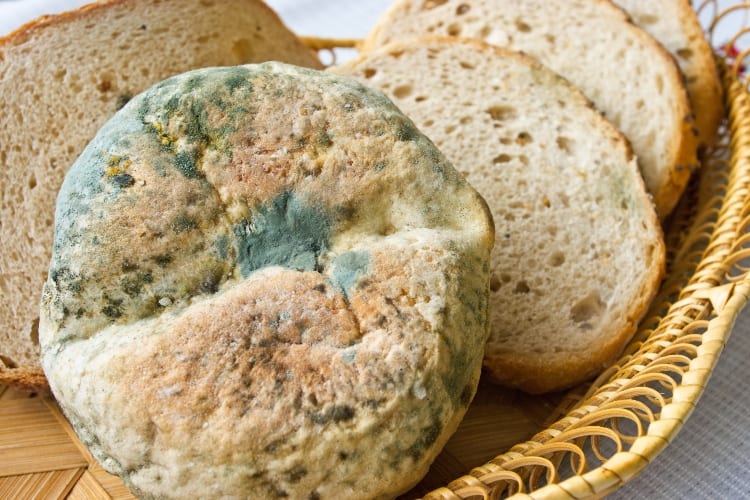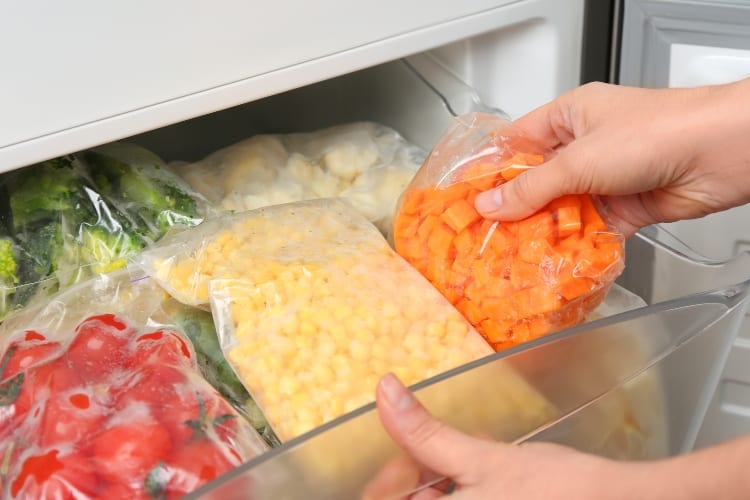
Every year, more Americans discover what a problem food waste has become in the United States, especially as we all attempt to become more green and eco-friendly. Believe it or not, 398,000 tons of food is wasted every single year! One great way you can start to cut down on your own food waste is by learning exactly the best by, use by, and sell by dates actually mean, as well as how to keep food fresh longer. Read on to find out how!
What Does A Sell By Date Even Mean?

The more you learn about best by, use by, and sell by dates, the stranger they seem. For instance, did you know that these labels are actually created by food manufacturers, and many are not required by the government? It’s true! While Congress has tried to pass legislation for labeling standards in the past, they have consistently failed.
“Essentially, the federal government doesn’t ensure the clarity of these date labels. While there are currently 41 states that require a date label on at least one type of food product (with some requiring specific language and others just say there has to be a date indicator), and 20 states restricting vendors from selling products beyond the defined date, there isn’t any authority enforcing a single standard,” said Emily M. Broad Leib, Assistant Clinical Professor of Law, Director of Harvard Law School Food Law and Policy Clinic.
“Since no one is really keeping watch, consumers should keep in mind that the vendor has discretion over what date label to use and how to set the date,” Leib continued. As a result, best by, use by, and sell by dates can mean different things to different manufactures. Believe it or not, they are rarely a good indication of if food is safe to eat. You see, some decide to list the day it starts to go bad, the day it becomes inedible, or somewhere in the middle! So, how should you judge the freshness of your food? It’s not too challenging, actually…
Ignore The Labels

This first step might scare some of you: ignore the labels and judge food by the taste and smell! The Natural Resources Defense Council says that “the sell-by date is literally just for the stores themselves,” meaning you really don’t need to pay much attention to it. Instead, always smell, feel, and taste your food before ingesting anything in large quantities. If you’re not quite sure how to tell if a food is safe to eat, there are some simple ways to check!
Handle It Right

For many foods, it’s quite obvious when they’ve gone spoiled or rotten. Everyone knows that milk smells bad, while bread and greens can become moldy. Meanwhile, other products, like cheese ,might be harder to tell, even going bad before the date listed in many cases. In these cases, grab your smartphone and look online to see how to tell the freshness of a product.
For instance, did you know that putting an egg in warm water can tell you if it’s edible or not? If the egg lays on its side at the bottom, it is still good to eat. If it stands upright, it is still fine to eat, but should be eaten very soon or hard-boiled. If the egg floats, it’s not good for eating! That easy!
Freeze!

Not sure you can finish that block of cheese before it goes bad? Don’t want to waste money on another one? Don’t worry. “If you are getting close to the indicated date…put it in the freezer,” said Stacey Antine, MS, RDN, founder of HealthBarn USA suggests. “It sustains the product, extends its life, and reduces food waste.” And anything you can do to help with food waste is a step in the right direction!
